Premium Only Content

Sea hares: Possibly the strangest animals in the Pacific Ocean
The sea hare is one of the most bizarre looking creatures in the Pacific Ocean. They look like a large chunk of sponge to the untrained eye. But closer inspection shows that they actually move slowly over the coral, feeding on red algae. They are a species of giant slug, moving much like the slugs that we see on land. They are colored and textured in a way that makes them resemble the coral and the food that they graze on. This provides them with excellent camouflage, a means of defense from predators.
When viewed closely, they can be seen extending their bodies to move along and their heads move slowly back and forth over the seaweed and algae. Feeding on red algae provides the sea hare with another form of defense from predators. This diet causes an accumulation of toxins that deter most creatures from trying to eat it.
The sea hare is capable of releasing red dye into the water and also a second kind of dye that is milky white. The two dyes are secreted from different glands. Spiny lobsters, one of the few animals that can eat a sea hare are discouraged by the ink because it contains noxious chemicals that dissuades predators from feeding. The ink also acts as a smokescreen and makes them temporarily difficult to see.
These animals can reach a weight of fifteen pounds (7kg) and 30 inches (2.5 feet). Even smaller sea hares release as many as 500 million eggs when reproducing. Having both male and female reproductive organs, they have bveen found in mating chains of up to 20 animals. It is believed that most sea hares live only one year, although some will live longer in cooler climates.
These divers had ventured far from shore aboard the FeBrina, a liveaboard dive vessel that launches from Walindi Resort in Kimbe Bay, Papua New Guinea. Experienced dive masters were leading their group on a night dive over a coral reef. They spotted these unusual creatures and pointed them out to the group. The diver who recorded this pair of sea hares had never seen anything like this and he was thrilled to not only capture video of the bizarre looking beasts, but he was able to witness one of them expelling ink as they did so.
Sea hares are studied extensively in laboratory settings because their simple nervous systems are ideal for learning about neurological responses to external stimuli.
-
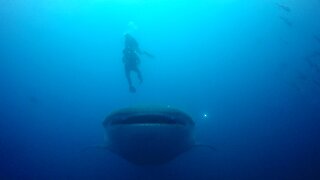 0:59
0:59
WildCreatures
2 months ago $2.38 earnedScuba diver has close call with whale shark cruising right at him
5.38K8 -
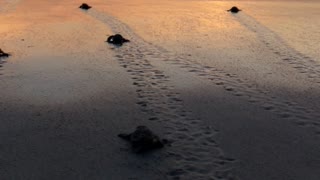 0:20
0:20
ViralHog
5 years ago $0.13 earnedBale of Baby Sea Turtles Flap Towards the Ocean
944 -
 1:27
1:27
ViralHog
6 years agoOctopus Glides Along Ocean Floor
240 -
 0:20
0:20
ViralHog
5 years agoGraceful Octopus Glides Across Ocean Floor
66 -
 1:04
1:04
ViralHog
6 years agoMoray Eels Interact on Ocean Floor
54 -
 0:32
0:32
ViralHog
6 years agoCountless Spider Crabs Cover Ocean Floor
73 -
 0:51
0:51
ViralHog
6 years agoDolphin Invites Diver to Join in Ocean Game
66 -
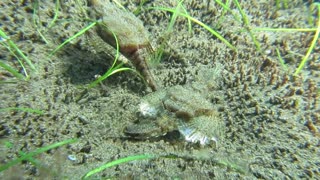 0:48
0:48
ViralHog
5 years agoTwo Pegasus Fish Scuttle near the Ocean Floor
51 -
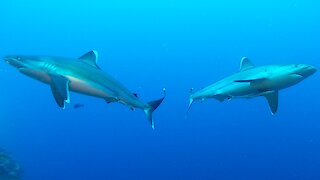 2:26
2:26
WildCreatures
5 years ago $2.12 earnedThe mysterious and beautiful undersea world of the South Pacific
5.25K -
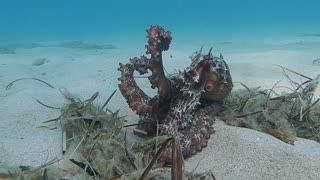 0:47
0:47
ViralHog
6 years ago $0.01 earnedOctopus Changes Color to Resemble Ocean Floor
108